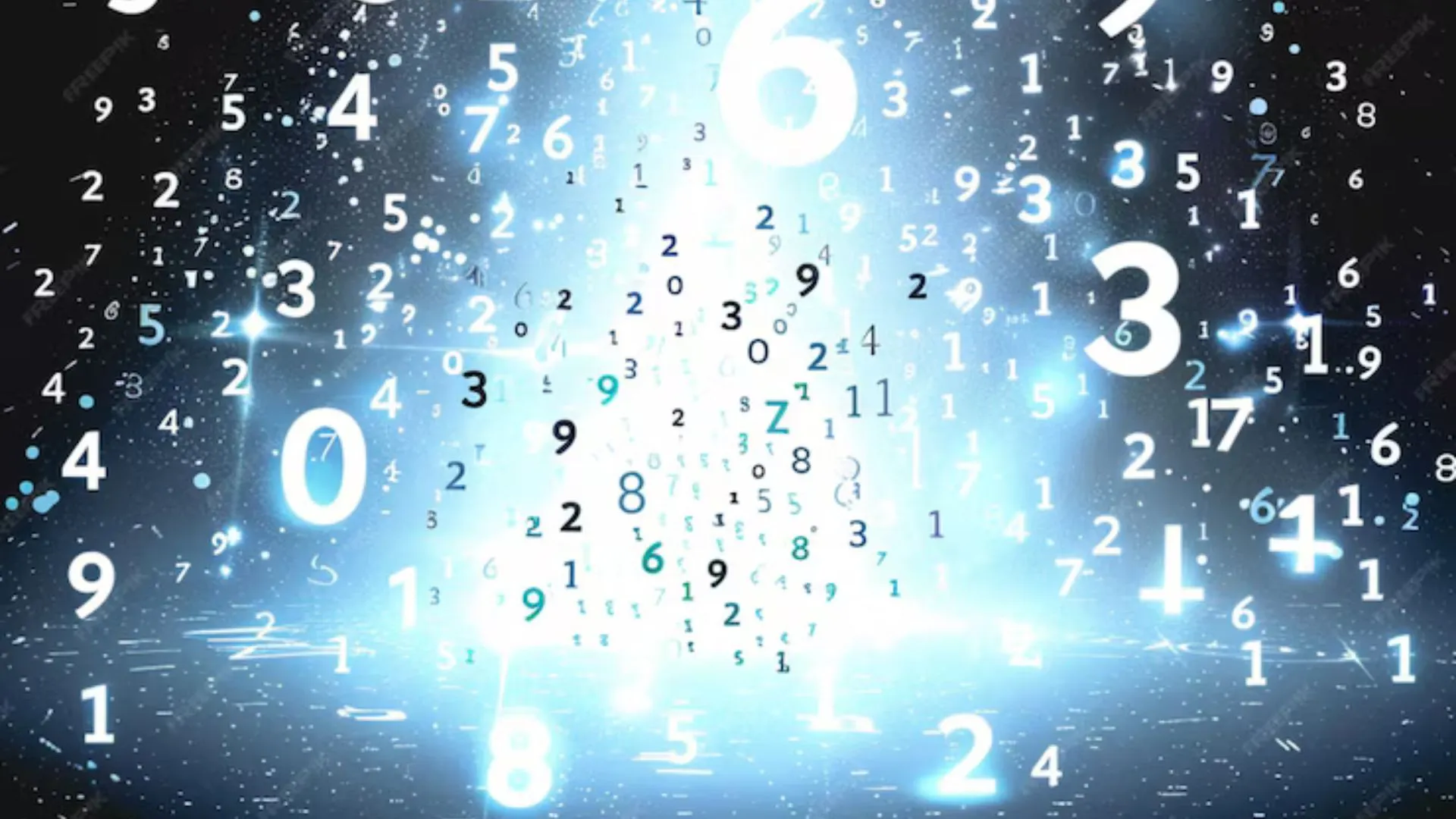Prime numbers may not be at the forefront of everyday conversation, but for Luke Durant, a 36-year-old former programmer at Nvidia, they represent a captivating challenge that led him to an astonishing achievement. After dedicating nearly a year of his life and a significant investment of his own resources, Durant has uncovered the largest known prime number to date, a monumental feat in the realm of mathematics.
What Is A Prime Number?
To understand the significance of Durant’s discovery, it’s essential to define prime numbers. A prime number is any whole number greater than one that cannot be formed by multiplying two smaller natural numbers; it can only be divided evenly by 1 and itself. Common examples include 2, 3, 5, and 7. Durant’s discovery, known as M136279841, boasts an extraordinary 41,024,320 digits, marking it the first significant prime breakthrough in nearly six years.
The Significance Of Mersenne Primes
The prime number unearthed by Durant is classified as a Mersenne prime, a category named after the French monk Marin Mersenne, who studied these unique numbers over 350 years ago. Mersenne primes are exceedingly rare and can only be expressed in the form 2ᵖ-1, where p itself is a prime number. This particular discovery stands out as the 52nd known Mersenne prime, adding to the historical significance of the find.
Dr. Kevin Buzzard, a professor of pure mathematics at Imperial College London, emphasized the importance of such discoveries. “The historical record of the world’s largest prime tells us something about the historical capability of computers, and in particular, it tells us something about the progress of humanity in this area,” he noted.
The Role Of GIMPS In Discovering Primes
Durant’s groundbreaking achievement was announced by the Great Internet Mersenne Prime Search (GIMPS) on October 21. GIMPS is a citizen science project that encourages volunteers worldwide to run software on their personal computers to search for new prime numbers. According to Durant, “I recognized that the GIMPS community has put together an incredible system with amazing technology for searching for huge prime numbers.”
After familiarizing himself with GIMPS’s software and leveraging cloud computing capabilities, Durant effectively created a powerful supercomputer by combining resources from systems around the globe.
The question arises: what drives thousands of volunteers, including Durant, to seek out the world’s largest primes? For Durant, it is a blend of his fascination with developing large computing systems and exploring the boundaries of physics and computational capabilities. “I wanted to push the boundaries of the known universe in whatever small way I was able,” he explained. “These enormous prime numbers are, in some senses, the largest ‘unique pieces of information’ in the known universe.”
How It Actually Happened?
Despite the lack of practical applications for extremely large prime numbers, the significance of such finds remains profound for the community involved. George Woltman, founder of GIMPS, described the discovery as a “rare and beautiful gem” for mathematics enthusiasts. He expressed hope that these discoveries could inspire future generations of mathematicians.
Durant received an initial alert regarding his discovery on October 12, just as he was preparing for a trip. “I took a moment to decide if I felt up to work on it immediately to confirm the new number to be prime,” he recalled. He ultimately chose to prioritize his discovery, recognizing its importance.
To confirm the primality of a number, GIMPS utilizes a series of tests, starting with a probable prime test. If successful, the number undergoes multiple definitive tests across different systems to verify its status as a new Mersenne prime.
Even for someone with Durant’s experience, the exhilaration of the discovery was palpable. “I’m extremely fortunate to be the discoverer of the most recent Mersenne prime number,” he said. He expressed his readiness to invest significant effort, fully aware of the challenges involved in such an ambitious pursuit.
Durant’s achievement is particularly noteworthy as the first Mersenne prime found utilizing graphics processing units (GPUs). GPUs excel at performing mathematical calculations rapidly and handling multiple data streams simultaneously. This advancement signifies a notable shift in prime number discovery methods, moving away from traditional central processing units (CPUs).
Mihai Preda, who developed the GpuOwl software available to GIMPS users since 2017, played a vital role in paving the way for Durant’s groundbreaking discovery. The GPUs that Durant employed demonstrated remarkable efficiency in executing repetitive mathematical calculations, enhancing his computational capabilities significantly.
What’s Next?
Woltman anticipates that the utilization of GPUs will lead to more discoveries of prime numbers in the future. “GPUs are so good at tackling difficult number crunching compared to CPUs which are suited to a wide variety of problems,” he remarked. However, he also noted that CPUs will continue to play a critical role in GIMPS and could potentially yield the next prime number.
Durant attributes much of his success to his education at the Alabama School of Mathematics and Science in Mobile, which fostered his interests and technical skills. “My interests and technical abilities are in no small part due to my fellow students and faculty at ASMS,” he shared.
As a result of his groundbreaking discovery, Durant is eligible for GIMPS’s research discovery award of $3,000. He plans to donate this prize money to a public high school, hoping to inspire future generations in mathematics. “I’m glad to have a result that can help show a little bit about a special place in the South,” he expressed.
MUST READ | Is China Set To Outpace the U.S. In Mars Sample Returns?




